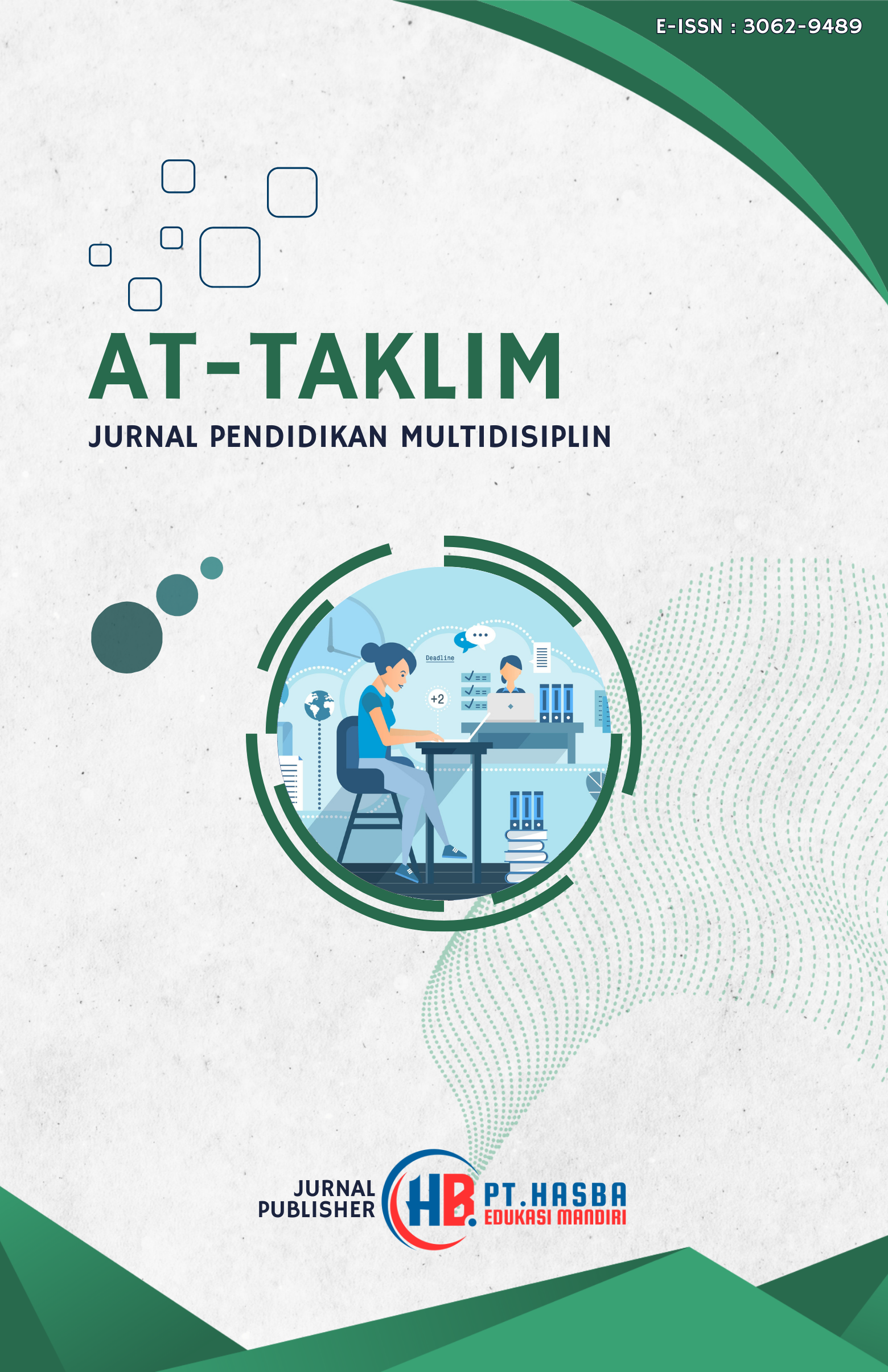INTEGRATING HUMAN RESOURCE INFORMATION SYSTEMS (HRIS) INTO INDUSTRY 4.0 AND SOCIETY 5.0: TOWARD A SMARTER AND MORE STRATEGIC HUMAN CAPITAL MANAGEMENT
DOI:
https://doi.org/10.71282/at-taklim.v2i7.700Keywords:
Human Resource Information Systems (HRIS), Industry 4.0 Readiness, Society 5.0Abstract
This study explores the strategic influence of Human Resource Information Systems (HRIS) on human resource (HR) performance by integrating Industry 4.0 readiness and Society 5.0 orientation. Drawing on data collected from 53 organizations in Indonesia, this research adopts a quantitative approach using Partial Least Squares Structural Equation Modeling (PLS-SEM). The findings reveal that HRIS significantly enhances HR performance both directly and indirectly through the mediating effects of Industry 4.0 readiness and Society 5.0 values. While HRIS provides the technological infrastructure necessary for automation and data-driven decision-making, Industry 4.0 readiness reflects an organization’s capacity to adopt and integrate advanced technologies. Meanwhile, Society 5.0 adds a human-centered perspective, emphasizing inclusiveness, ethical use of technology, and employee well-being. This study contributes to the literature by proposing a holistic model that combines digital efficiency with ethical imperatives. Practically, the findings call for organizations to align their HRIS strategies not only with technological standards but also with social and ethical values. Recommendations are made for HR leaders, policymakers, and system developers to co-create inclusive and future-ready HR solutions. This research highlights the crucial role of HRIS in enabling human-centered digital transformation in emerging economies.
Downloads
References
Marler, J. H., & Fisher, S. L. (2013). An evidence-based review of e-HRM and strategic human resource management. Human Resource Management Review, 23(1), 18–36. https://doi.org/10.1016/j.hrmr.2012.06.002
Schwab, K. (2016). The Fourth Industrial Revolution. Geneva: World Economic Forum.
Fukuyama, M. (2018). Society 5.0: Aiming for a New Human-Centered Society. Japan Spotlight, 1(1), 47–50.
Hair, J. F., Hult, G. T. M., Ringle, C. M., & Sarstedt, M. (2021). A Primer on Partial Least Squares Structural Equation Modeling (PLS-SEM) (3rd ed.). Sage Publications.
Brousell, D., Moad, J., & Koch, J. (2016). The Digital Transformation: What Manufacturing Leaders Need to Know. Manufacturing Leadership Council.
Tursunbayeva, A., Bunduchi, R., Franco, M., & Pagliari, C. (2016). Human resource information systems in health care: A systematic evidence review. Journal of the American Medical Informatics Association, 23(3), 633–648. https://doi.org/10.1093/jamia/ocv161
Downloads
Published
Issue
Section
License
Copyright (c) 2025 Navis Sri Handayani, Rika Cahaya, Syahrial Shaddiq (Author)

This work is licensed under a Creative Commons Attribution-ShareAlike 4.0 International License.













